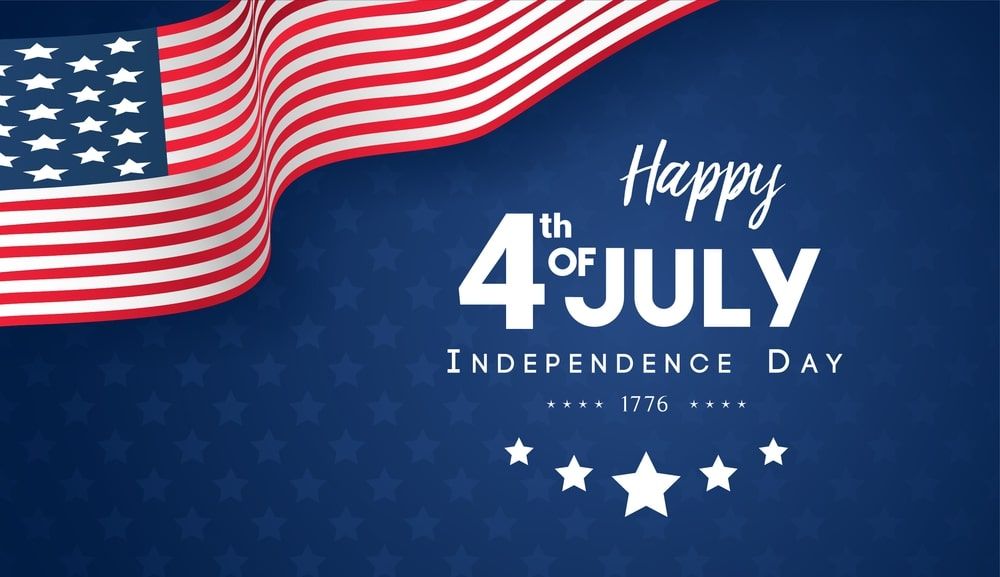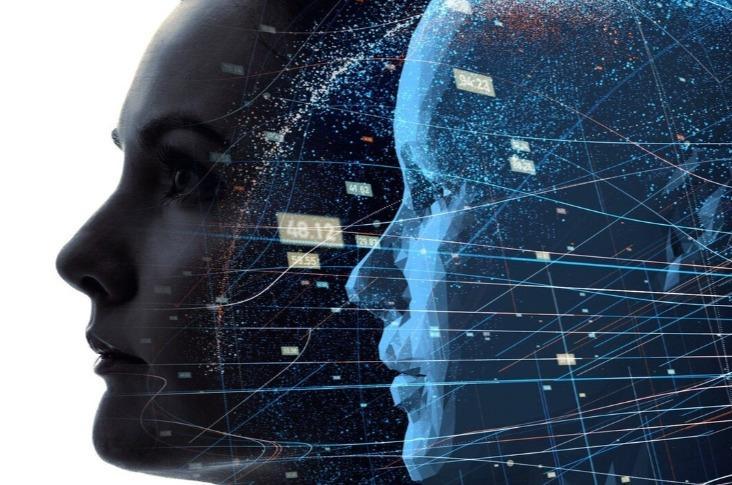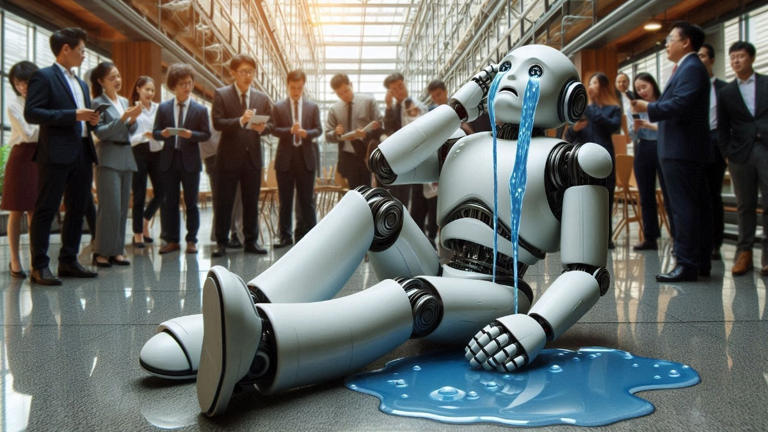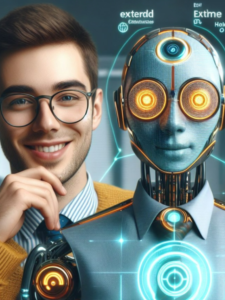A New Creative Revolution: How Runway Is Reshaping Storytelling
The traditional walls of Hollywood are being shaken, not by box office flops or franchise fatigue—but by a silent technological revolution led by Runway CEO Cris Valenzuela. At the heart of this movement is Runway’s vision of democratizing video creation using generative AI, enabling even a solo creator to produce studio-quality content. Valenzuela believes AI is to filmmaking what the camera was to painting—a breakthrough that doesn’t eliminate human creativity, but amplifies it. With tools like Gen-1, Gen-2, and now Gen-3 Alpha, Runway allows users to transform simple text prompts, images, or rough clips into stylized, cinematic videos—blurring the line between human and machine artistry. Valenzuela, originally a Chilean-born technologist and artist, launched Runway in 2018, and it has since become one of the top AI video platforms in the world, inspiring both creators and tech experts. He strongly believes AI isn’t here to take over Hollywood; it’s here to give voice to those who never had access to high-end production tools before. In his words, “AI is the new camera,” and every artist deserves one.

Hollywood Partnerships and Pushback: The Battle Between Innovation and Tradition
Runway isn’t just a tool for YouTubers or indie creators—it’s already inside Hollywood. In a groundbreaking partnership with Lionsgate, Runway was granted access to the studio’s massive content library to train its models on cinematic styles, transitions, and visual storytelling techniques. This means AI models can now understand the narrative feel of actual films, helping creators storyboard, edit, and stylize their work like professional directors—at a fraction of the time and cost. Valenzuela envisions a world where you don’t need $10 million and a studio deal to make a compelling visual story. But this rapid change hasn’t come without controversy. During the 2023 and 2024 writers and actors strikes, AI was one of the hottest points of debate, with many creatives fearing job loss or artistic dilution. Valenzuela disagrees with that fear-driven narrative, stating, “AI is not here to replace writers, directors, or editors—it’s here to collaborate with them.” Instead of eliminating jobs, he believes AI can eliminate barriers, allowing artists to focus on ideation while the machine handles repetitive, technical tasks. Tools like Runway could even assist directors during pre-visualization and VFX phases, making films cheaper, faster, and possibly more imaginative. But only if Hollywood opens its doors.
Democratizing Cinema: Why Valenzuela’s Vision Matters to the Next Generation
Cris Valenzuela isn’t just trying to sell a product—he’s trying to reshape the global creative economy. That’s why Runway launched the AI Film Festival, celebrating films made using AI tools. From short experimental films to emotional narratives, the entries showcased that storytelling can evolve while still keeping its soul intact. And it’s not just indie creators joining the wave. Runway’s tools were also used in the Oscar-winning movie “Everything Everywhere All at Once”, helping the VFX team create surreal sequences with lightning speed. This proves that AI isn’t just for shortcuts—it’s capable of creating powerful, artistic cinema. Valenzuela believes we’re entering a new golden era of filmmaking—where a teenager with a laptop in India or Nigeria can make something visually stunning that reaches millions. For Valenzuela, AI’s greatest strength lies in accessibility and inclusion. With Gen-3 Alpha and other upcoming features, Runway continues to push boundaries—allowing creators to render realistic motion, lighting, and depth without touching a single frame of code. The future he envisions is one where creativity is no longer limited by expensive gear or gatekept studios, but only by your imagination. As he often puts it, “The next Spielberg might not come from Hollywood—but from a bedroom studio powered by AI.”







